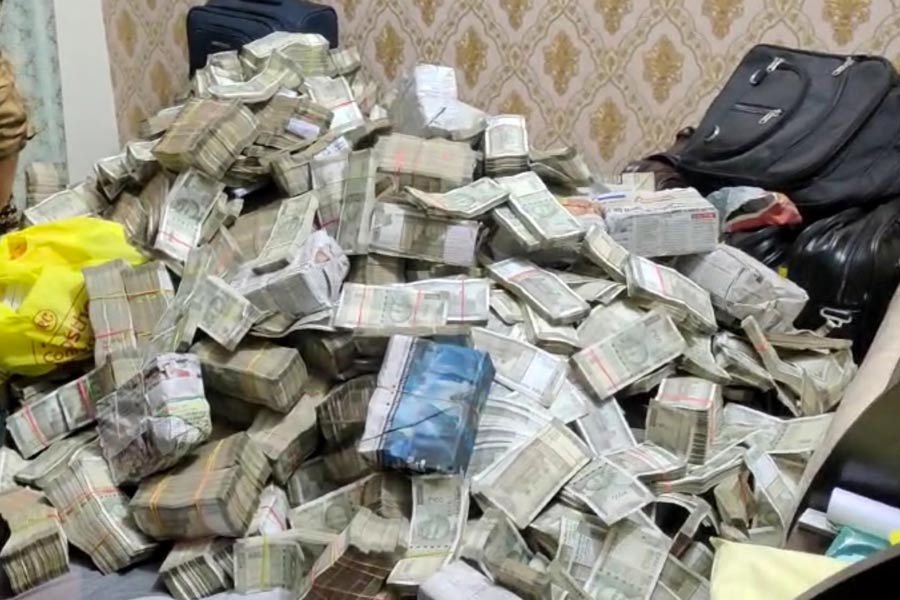Updated May 6th, 2024 at 17:33 IST
Jharkhand Cash Recovery: What Happens to the Cash Seized by ED | Explained
The Enforcement Directorate is authorised to seize money but they can't retain the attached assets with them.
Advertisement
Ranchi: The Enforcement Directorate (ED) on Monday conducted a series of raids across Ranchi and recovered ‘mountains of cash’ from the premises of the house help of Sanjiv Lal, personal secretary of Jharkhand Minister Alamgir Alam.
The probe agency officials informed that Rs 20 crores has been counted and the counting is still in process. They are yet to ascertain the final amount of recovery made.
Advertisement
“Enforcement Directorate is conducting raids at multiple locations in Ranchi, Jharkhand. Huge amount of cash recovered from the household help of Sanjiv Lal, PS to Alamgir Alam, Rural Development Minister, Jharkhand. More than Rs 20 crores has been counted so far. Counting is still in process,” said the ED officials.
With counting in process, the ED team had to deploy a big counting machine which can count bundle of four currency notes at a time. Besides, five small-size machines are already deployed to end the counting process at the earliest.
Advertisement

But What happens to Cash Recovered by ED?
The Enforcement Directorate is authorised to seize money but they can't retain the attached assets with them. As the rule of law suggests, the accused is given a chance to clarify on the source of cash that has been seized.
Advertisement
If the suspect fails to tender satisfactory answer, the cash is termed as ‘unaccounted’ and ‘ill-gotten’ money.
Subsequently, the probe agency seizes the cash under the Prevention of Money Laundering Act (PMLA). A team of officials are then called from the State Bank of India (SBI) to count the recovered currency notes.
Advertisement
The ED makes a siezure list in the presence of bank officials once the counting process is over. The memo includes all details of the attachement made by the ED, including cash, jewellery or other expensive items.
Later, it's sealed in highly-secured boxes in presence of the accused and witnesses. Once the entire seizure process is completed, the attached items are dispatched to the SBI branch of the respective state under Personal Deposit (PD) account of the Enforcement Directorate.
Advertisement
What If Accused Is Convicted or Acquitted?
The purpose of the siezure is to restrict the accused from using benfits of the recovery. The money remains in the custody of the bank until the trial in the case reaches conclusion.
Advertisement
If the accused is convicted, the cash recovered by the ED is transferred into the Centre's treasury and if the accused is acquitted, then the cash is returned.
Advertisement
Published May 6th, 2024 at 17:27 IST